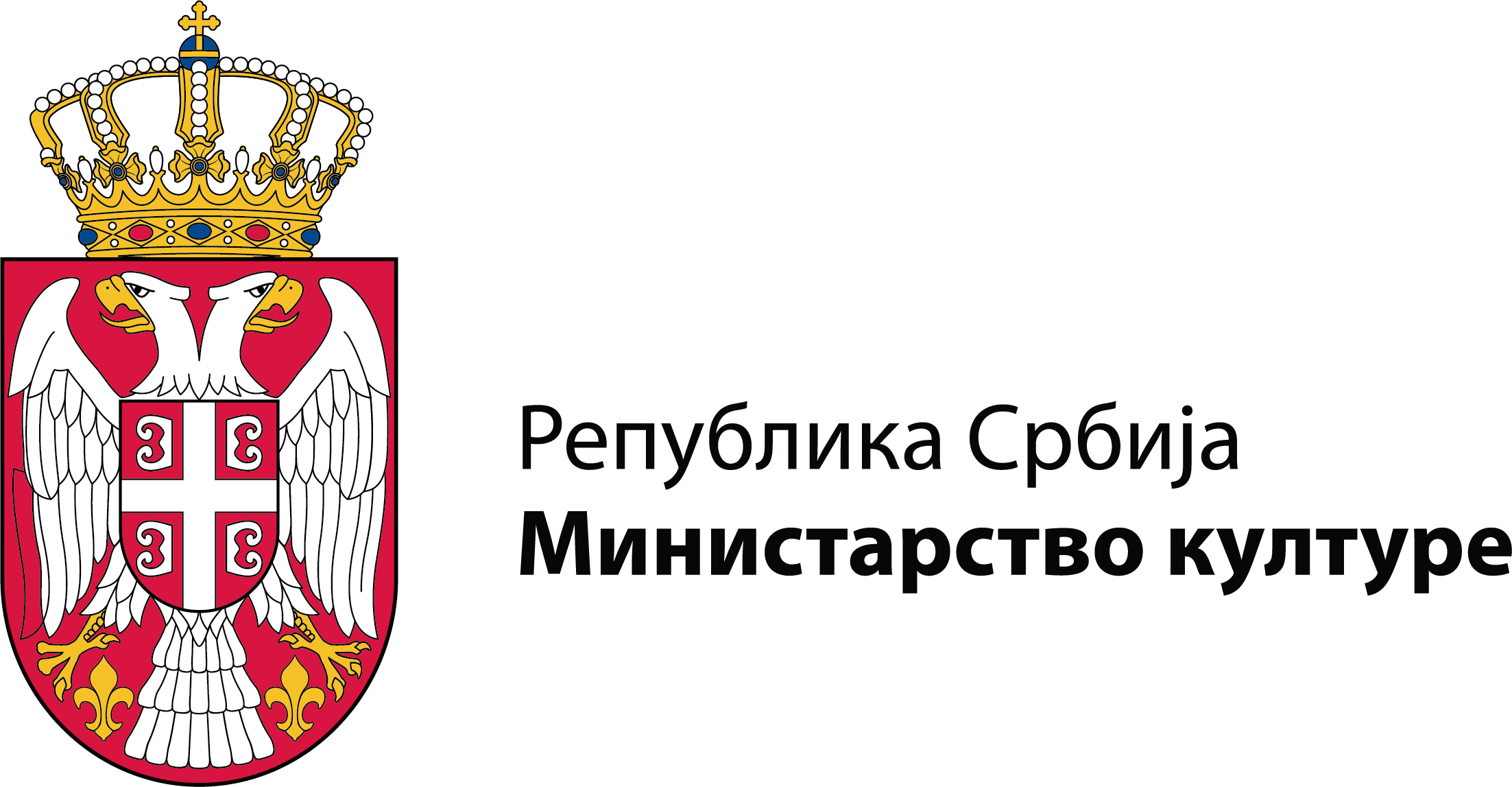A few years after the establishment of the Ethnographic Museum, already in 1903, curator Nikola Zega acquired the first three rag dolls for the museum's collection.
Sporadic collection of toys followed, and in 1958, the "Collection of Children's Toys" was formally established. The occasion was the exhibition "Children's toys", curated by Milica Matić, shown in 1958. A systematic collection of toys was organized for the purposes of the exhibition. Several hundred items were collected, including old toys and toys that children made for the exhibition itself. Among the toys are dolls made of different materials, various vehicles (cars, trucks, carts, etc.), dishes for preparing food, action figures, plush toys, board games, rattles, spinning tops, etc.
The collection consists of 1,304 items.
The curator in charge of the collection is Mirjana Kraguljac Ilić, MA senior curator: mirjana.kraguljac-ilic@etnografskimuzej.rs
The collection consists of 1,304 items.
The curator in charge of the collection is Mirjana Kraguljac Ilić, MA senior curator: mirjana.kraguljac-ilic@etnografskimuzej.rs

